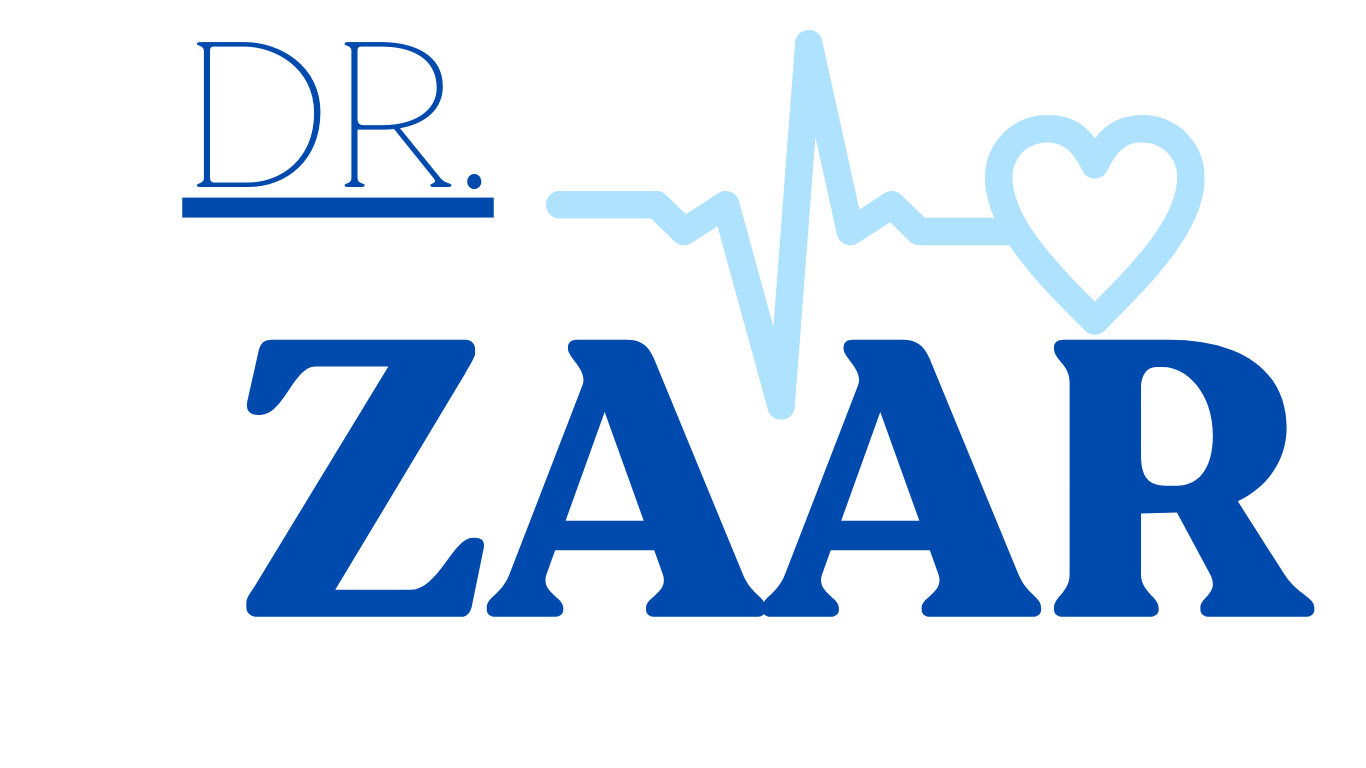"DHT and Its Contribution to Male Pattern Baldness: Hormonal Mechanisms Explored"
Male pattern baldness, or androgenetic alopecia, is a common form of hair loss in men. At the heart of this condition lies the androgen hormone dihydrotestosterone (DHT), whose role in hair follicle miniaturization is pivotal. Understanding the biological mechanisms of DHT and its impact on hair loss is crucial for developing effective treatments.
Introduction
Male pattern baldness affects a significant portion of the male population, with genetics and hormonal changes being key contributors. DHT, a derivative of testosterone, is central to the development of this condition. This article explores the hormonal pathways of DHT and its specific role in hair follicle miniaturization, shedding light on potential therapeutic targets.
Understanding DHT
DHT is produced from testosterone by the enzyme 5-alpha-reductase, predominantly in hair follicles, prostate gland, and adrenal glands. It is a more potent androgen than testosterone, binding with greater affinity to androgen receptors. In the scalp, this hormone plays a pivotal role in hair growth regulation.
Genetic Predisposition
Male pattern baldness has a strong genetic component. Genes affecting the sensitivity of hair follicles to DHT are inherited, making some men more susceptible to hair loss. The identification of these genetic factors is crucial for understanding individual variations in baldness patterns.
Mechanism of Hair Loss
DHT affects hair follicles through its interaction with androgen receptors. In genetically predisposed individuals, DHT binds to these receptors, leading to the miniaturization of hair follicles. This miniaturization shortens the hair growth cycle, resulting in thinner, shorter hairs and eventually hair loss.
The Role of 5-alpha-reductase
The enzyme 5-alpha-reductase, present in hair follicles, is responsible for converting testosterone to DHT. There are two isoforms of this enzyme, with type 2 being primarily involved in hair loss. Inhibitors of 5-alpha-reductase, such as finasteride, target this conversion process, reducing DHT levels and often slowing or reversing hair loss.
DHT’s Impact on the Hair Growth Cycle
DHT affects the hair growth cycle, particularly the anagen (growth) phase. It shortens this phase and extends the telogen (resting) phase, leading to the gradual replacement of long, thick hairs with shorter, finer ones. Over time, this results in visible thinning and balding.
Psychological and Social Implications
Hair loss, particularly at a young age, can have profound psychological and social impacts. Men may experience lowered self-esteem, anxiety, and in some cases, depression. Understanding and addressing these emotional aspects is essential in the holistic treatment of male pattern baldness.
Treatment Approaches
The mainstay of treatment for androgenetic alopecia is targeting DHT. Medications like finasteride and dutasteride reduce DHT levels, while minoxidil, another common treatment, works by widening blood vessels, although its exact mechanism in treating hair loss is not fully understood. Hair transplantation is another option, offering a more permanent solution.
Emerging Therapies
Research continues into new treatments, including topical DHT inhibitors and methods to stimulate hair regrowth. The development of gene therapy and stem cell treatments also holds promise for future interventions.
Conclusion
DHT plays a crucial role in male pattern baldness, with its impact on the hair growth cycle being central to the condition. While treatments targeting DHT offer hope, understanding the genetic and hormonal mechanisms behind this form of hair loss is key to developing more effective and personalized treatments. Addressing the psychological impact of baldness is equally important, underscoring the need for a comprehensive approach to treatment. As research advances, there is optimism for more effective interventions to manage and potentially reverse this common condition.
The New Wave of High Achievers:.
Maintaining well-being and high performance is acceptable in the speedy business atmosphere. This new movement of comprehending and maximizing corporate.
Read MoreEstrone’s Unwelcome Encore
Fueling Endometriosis Growth Estrone’s : Endometriosis, a chronic condition where endometrial tissue grows outside the uterus, affects an estimated 1.
Read More